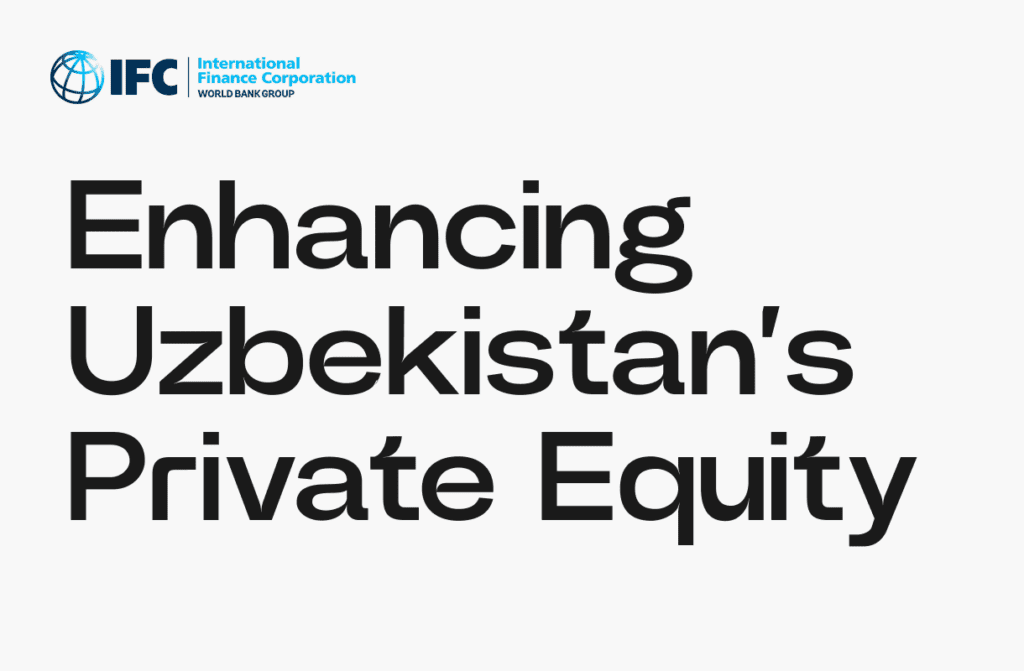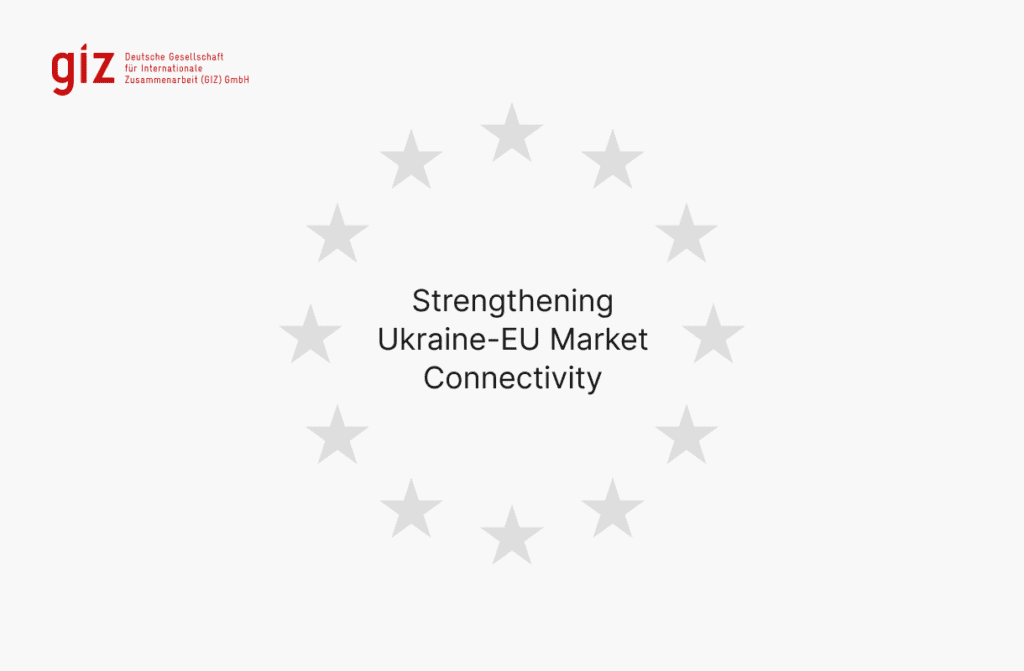European Investment Bank — Bridging Funding Gaps in the Photonics Sector
Client
European Investment BankThe background:
European Photonics Industry has grown by more than a third during 2015-2019 to € 103 bn. It is likely to continue growing with the pace of the global market and retain its market share in the coming years but could increase it with more aggressive investment. The European Investment Bank aimed to evaluate the market need for financing instruments like the European Photonics Investment Platform (EPIP), define the financial market and technical gaps in the photonics sector, and provide guidelines for structuring and implementing an EPIP.
Aim of the project:
This project aimed to address the financial and technical gaps within the photonics sector by evaluating the need for specific financing instruments, such as the European Photonics Investment Platform (EPIP). Our team embarked on an extensive market analysis, recognizing this sector’s lack of consolidated data. We conducted over 60 expert interviews and gathered more than 150 responses from a survey to understand the market’s specific needs. Additionally, we analysed data from over 1000 companies to gain comprehensive insights into the sector’s financial landscape.
As the first part of the project, Civitta carried out a thorough market assessment to measure the demand for photonics project financing in Europe. We examined the overall structure of the photonics sector, identifying key market trends and investment needs. This involved pinpointing the financial gaps within the sector, particularly regarding the type and availability of equity and debt financing at various stages of company development.
Based on these findings, we evaluated the potential for establishing the EPIP to bridge the identified funding gaps. This phase involved assessing the relevance and setup of the EPIP and considering other available or forthcoming financing options. We also examined prospective public and private funding sources that could invest in the EPIP, ensuring a holistic understanding of the funding landscape.
The project’s next phase focused on developing potential designs for the EPIP. We explored various design options, formulated strategic guidelines for EPIP investments, and identified any requirements for technical assistance. Our team worked diligently to develop a comprehensive EPIP proposal, engaging with key potential funding partners to ensure a comprehensive and viable investment platform proposal. This project not only identified significant gaps and needs within the photonics sector but also provided strategic guidelines and a structured approach for the successful implementation of a European Photonics Investment Platform, positioning the sector for sustainable growth and enhanced investment opportunities.
Services provided:
- Market study to identify the overall structure of the Photonics sector in Europe.
- Identification of key market trends, and investment needs for the Photonics sector in Europe.
- Analysis of the potential financial market gap for the Photonics sector in Europe, including assessing its size, type (equity/debt; early/later stage, etc.), and availability of existing sources of finance.
- Assessment of the relevance and set-up of the EPIP alongside other financing options that may already be, or are to become, available.
- Assessment of prospective public and private funding sources that could invest in an EPIP.
- Development of a potential design for the EPIP and investment strategy guidelines.
- Development of a syndicate EPIP proposal with key potential funding partners.
Project results:
The comprehensive market assessment yielded significant insights into the photonics sector in Europe. Through detailed analysis and data collection, the project identified a substantial financial gap within the market, highlighting the specific needs for early-stage equity capital and growth funding in the Photonics sector. The assessment also pinpointed key market trends and investment opportunities.
Building on the insights, strategic guidelines for creating and implementing the EPIP were developed. By evaluating key design options and formulating an investment strategy, Civitta laid out a clear framework for addressing the identified funding gaps.
The EPIP would address the estimated equity funding gap with equity funding of 500 million euros for early-stage capital and 500 million euros for growth capital over the next 5 years. Additionally up to 500 million euros can be provided via a debt facility to mitigate the gap for growth-stage companies. The intervention is expected to close between ⅓ to ½ of the identified funding gap.
As a result, the proposed EPIP structure was well-aligned with the sector’s needs, offering a viable solution to enhance financing options and support the growth of photonics companies in Europe.





